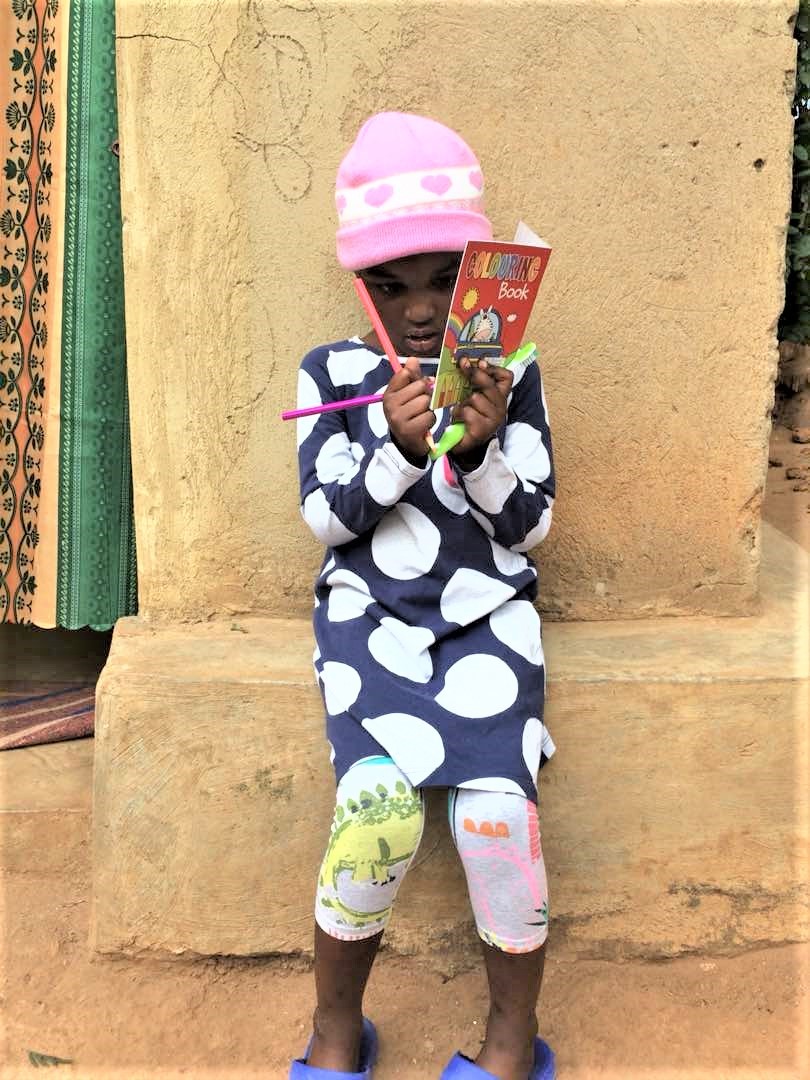UNIT 7: Overview
Special Needs and Inclusive Education
What is inclusive education?
“Historically, persons with disabilities in Rwanda suffered stigmatization, isolation and segregation and were denied their rights to education. It is only after the 1994 Genocide against the Tutsi that the government of Rwanda committed to leave no one behind. Inclusive Education was then adopted as a means to give rights to education to all children including those with disabilities” (Special Education Needs Student Book Year 1, TTCs, REB).
 Inclusive Education is emphasised in the National Strategy for Transformation (NST1) and Rwanda’s Education Sector Strategic Plan (2019-2024), especially in priorities 5 and 7. Rwanda Basic Education Board (REB) is committed to “override differences based on ethnicity, religion, socio-economic backgrounds; gender, disability, health status, or any other marginalizing distinctions.”
Inclusive Education is emphasised in the National Strategy for Transformation (NST1) and Rwanda’s Education Sector Strategic Plan (2019-2024), especially in priorities 5 and 7. Rwanda Basic Education Board (REB) is committed to “override differences based on ethnicity, religion, socio-economic backgrounds; gender, disability, health status, or any other marginalizing distinctions.”
‘’Inclusion is creating a community in your classroom that includes both students with and without disabilities. Research shows us that not only is inclusion ‘best practice’, but it benefits all children, and should be part of your overall classroom management strategy.’’ (Alison White, Education Specialist)
Here are some types of Special Needs and Disabilities explainedName of Disability or Special Need
|
Common Classroom Symptoms
|
|---|---|
|
Blindness
|
|
|
Deafness
|
|
|
Auditory Processing Disorder
|
|
|
Dyscalculia
|
|
|
Dysgraphia
|
|
|
Dyslexia
|
|
|
Dyspraxia
|
|
|
|
|
|
Autism
|
|
